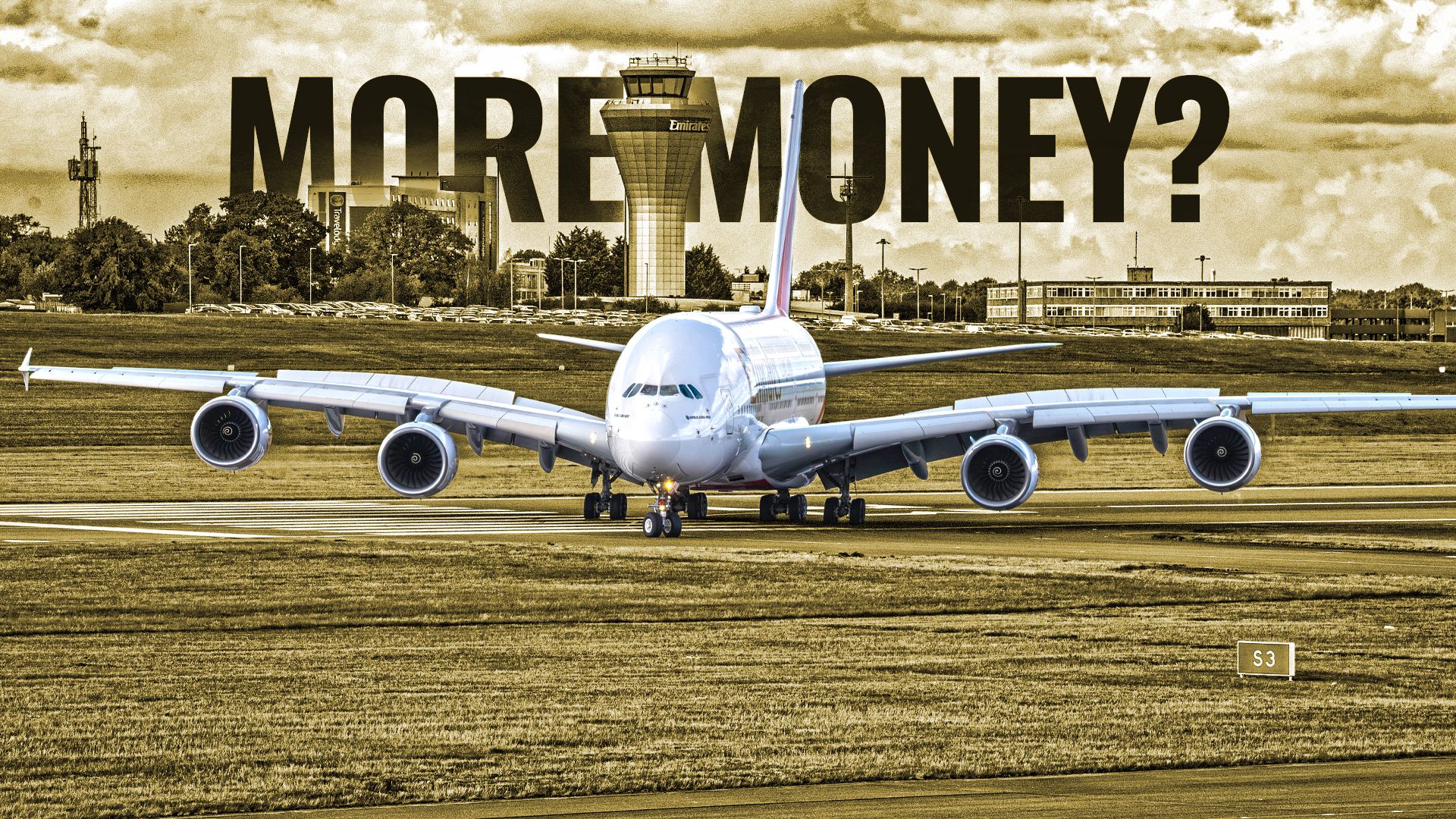Business
Airfares Rise in 2025: What Travelers Need to Know

The cost of flying has seen notable increases in early 2025, reflecting broader economic trends impacting consumers worldwide. With inflation in the United States currently at 3%, and even higher rates in several parts of the globe, travelers are experiencing the effects through rising airfares.
As airlines adjust their pricing strategies to manage escalating operational costs, passengers are left to navigate a shifting landscape. The price hikes are attributed to several factors, including increased fuel costs, labor expenses, and overall inflationary pressures. This situation is not only affecting domestic travel within the United States but is also evident across international routes.
Understanding the Factors Behind Rising Airfares
Airlines operate in a challenging environment where many costs are rising simultaneously. Fuel prices, which have seen significant fluctuations, play a crucial role in determining ticket prices. According to data from the International Air Transport Association (IATA), fuel accounts for a substantial portion of an airline’s operating expenses. With global oil prices projected to remain unstable, airlines are adjusting their fares accordingly.
Labor costs are another critical factor. The aviation industry has faced workforce shortages, leading to increased salaries and benefits to attract and retain employees. This trend is evident as airlines invest in hiring more staff to meet demand following the disruptions caused by the pandemic.
Additionally, the ongoing effects of inflation are not confined to fuel and labor. Airlines must also contend with higher fees for airport services, maintenance, and logistics. These increases are ultimately passed on to consumers, resulting in higher ticket prices.
Regional Variations and Consumer Impact
While the overall trend points to higher airfares, the impact varies by region. In the United States, domestic flights have become more expensive, with average fares climbing by approximately 10% compared to the previous year. In Europe and Asia, the increases may be even steeper, driven by local economic conditions and regulatory changes.
Travelers planning their trips should be prepared for these shifts. Early booking may help mitigate some costs, as airlines often offer lower rates months in advance. Additionally, considering alternative airports or travel dates might yield more favorable pricing.
Experts recommend that consumers remain vigilant about fare fluctuations and consider flexible travel options. As airlines continue to adjust their pricing strategies in response to ongoing economic pressures, staying informed will be essential for budget-conscious travelers.
In conclusion, the rising cost of flying in 2025 is a reflection of broader inflationary trends impacting various sectors. With careful planning and awareness, travelers can navigate this evolving landscape and make informed decisions about their air travel.
-

 Health3 months ago
Health3 months agoNeurologist Warns Excessive Use of Supplements Can Harm Brain
-

 Health3 months ago
Health3 months agoFiona Phillips’ Husband Shares Heartfelt Update on Her Alzheimer’s Journey
-

 Science2 months ago
Science2 months agoBrian Cox Addresses Claims of Alien Probe in 3I/ATLAS Discovery
-

 Science2 months ago
Science2 months agoNASA Investigates Unusual Comet 3I/ATLAS; New Findings Emerge
-

 Science1 month ago
Science1 month agoScientists Examine 3I/ATLAS: Alien Artifact or Cosmic Oddity?
-

 Entertainment5 months ago
Entertainment5 months agoKerry Katona Discusses Future Baby Plans and Brian McFadden’s Wedding
-

 Science1 month ago
Science1 month agoNASA Investigates Speedy Object 3I/ATLAS, Sparking Speculation
-

 Entertainment4 months ago
Entertainment4 months agoEmmerdale Faces Tension as Dylan and April’s Lives Hang in the Balance
-

 World3 months ago
World3 months agoCole Palmer’s Cryptic Message to Kobbie Mainoo Following Loan Talks
-

 Science1 month ago
Science1 month agoNASA Scientists Explore Origins of 3I/ATLAS, a Fast-Moving Visitor
-

 Entertainment2 months ago
Entertainment2 months agoLewis Cope Addresses Accusations of Dance Training Advantage
-

 Entertainment3 months ago
Entertainment3 months agoMajor Cast Changes at Coronation Street: Exits and Returns in 2025









